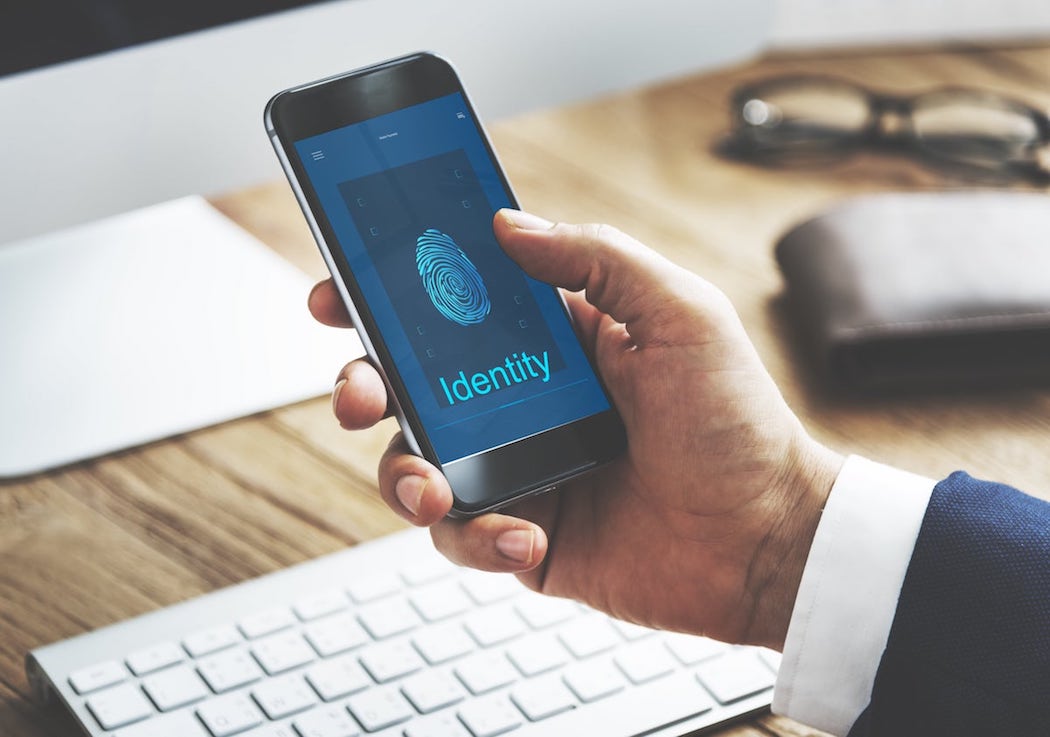The digital transformation continues growing rapidly, driven by regulations whose mandate is to enhance customer online privacy and protection. Some other driving forces contribute to digital transformation, which includes sophisticated consumers, an increase in digital channels usage, firm protection and need for digital security to comply with the global regimes.
For an online business, there are two key components, one is speed, and the other is security. The digital banks provide the facility to users to open their online bank accounts. Now for that, customer information is required that needs to be verified to make sure that no criminal entity is facilitated through the business digitally.
For that also, customer experience should be ensured to provide them with seamless services while complying with the global and local identity verification regulations. Many digital financial businesses have integrated their systems with id verification services to onboard a clean customer base with seamless onboarding.
A race between technology and innovative fraudsters
As technology adoption is rising high, the fraudsters are also getting innovative to exploit the loopholes in those systems and carry out their malevolent purposes. Under such conditions, the need to safeguard the system with AI-powered technologies who have embedded the anti-money laundering checks and automated Identity Document Verification that verifies each customer against official identity documents.
Fraudsters then try to perform spoofing attacks. The technology that verifies the documents digitally is fooled by uploading spoofed documents that are tampered, photoshopped or contain other spoofing elements. Moreover, the facial biometric systems that verify the live-captured face of individuals against the picture present on the document is fooled by capturing printed face pictures or photoshopped images. To counter such fraudulent attempts, the advanced id verification services employ strong underlying technologies based on machine learning and Artificial Intelligence.
The digital document verification checks the spoofing attacks, and the identity information is checked against the global watchlists of money launderers and criminal entities. Moreover, the facial recognition systems employ liveness detection and 3D perception techniques that identify the spoofing element by ensuring the physical presence of the customer at the verification time. Minor facial movement detection is done for this purpose.
Benefits of Practising digital identity checks
Digital identity checks are now used by banks and other financial institutions. The following are some benefits of using digital identity verification are:
- Easy KYC compliance according to regulatory requirements.
- High accuracy in identity verification of customers online.
- Time efficiency aspect as it takes mere seconds in online customer identification
- Enhanced online platform security, as the outdated traditional authentication methods are easy to hack
- Low operational costs in employing digital identity verification solutions
- Reduced manual verification that is time-consuming and the cost involved in the manual processing is also high.
- An enhanced customer experience that ensures seamless customer onboarding and reduces the process abandonment rate.
- Identity checks with high speed to not let customers frustrate as it happens in traditional banking operations.
- Advanced technological solutions to fight against spoofing attacks of customers and other fraudulent attempts
- Identity screening against anti-money laundering checks to deter the risk of money launderers and financial criminals from becoming part of legitimate systems.
All these benefits become the reason for the rapid adoption of id verification services in this digital world where fraudsters keep themselves in a race to exploit the technological security beforehand. To fight against the cybersecurity issues while complying with stringent regulatory requirements, id verification is an effective solution.
The individual or client must have personal identification details sent to the identity authentication system while a non-documentary identity authentication is done. To order to suit the given information, the company compares public and private datasets.
Optionally, a person presenting the details will be asked knowledge-based verification questions to make sure he or she is the owner of an identity. A “rate” identification is determined, with or without the ‘checked’ status of the user or the identification of the user or customer.
Customers of a number of organizations, including merchants and regulatory bodies, are often asked to request a purchase report. In the case of certain kinds of sales (e.g., beer, lottery or cigarette sales), for example, a retailer may request consumer identification or where certain fees (e.g. certificates, credit cards) are to be made for transactions.
To make a withdrawal or a deposit fee, cash on a check or open a new account, financial institutions typically allow customers to show identity. For entry to protected areas or for other purposes, government agencies can need identification.
Artificial intelligence, or more generally known as the authentication of artificial intelligence identities, is an additional tool to support identity verification that is gaining popularity in the industry. This is achieved by way of a webcam to check ID. The findings are often usually visible in real-time.
I produce technical information such as instructions to help users get to grips with all kinds of technology. The material I write is designed to allow their audience to use a particular tech or understand a word of upcoming technology.

